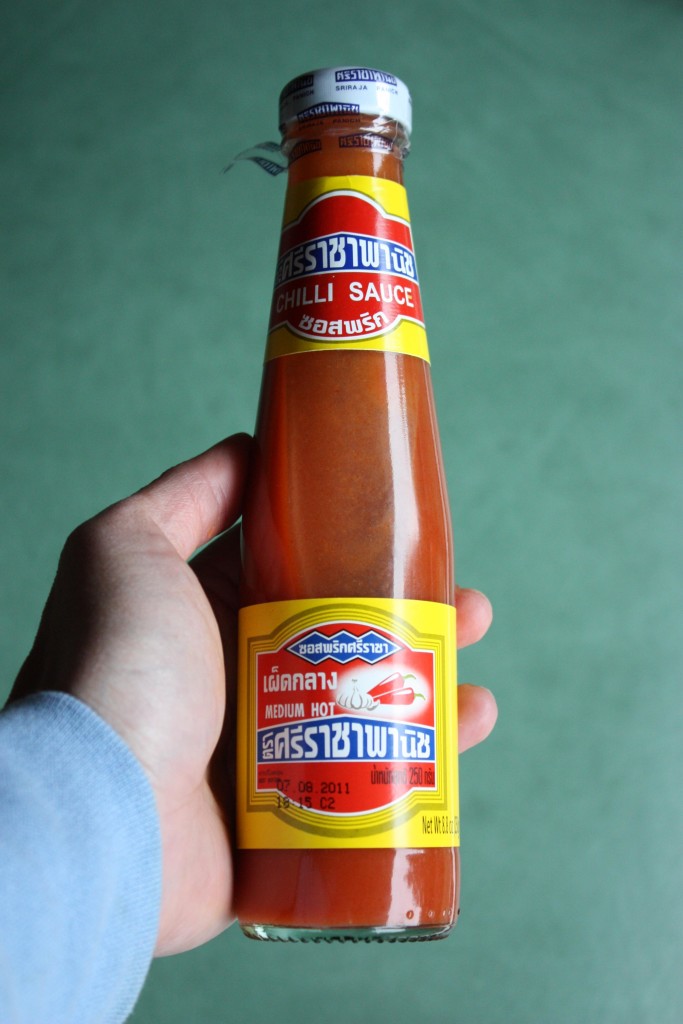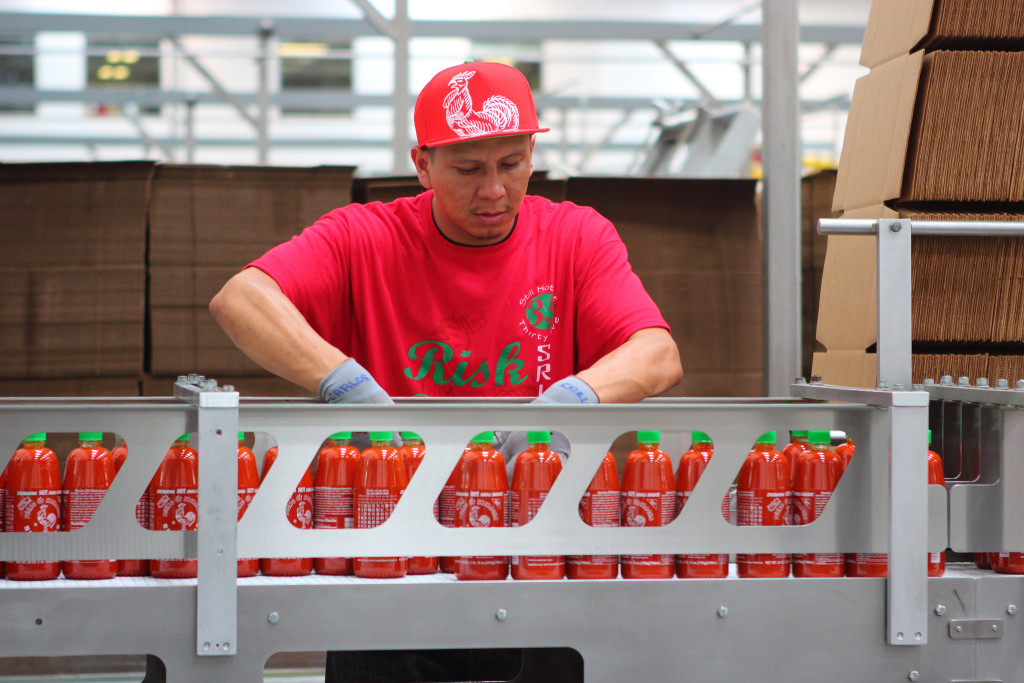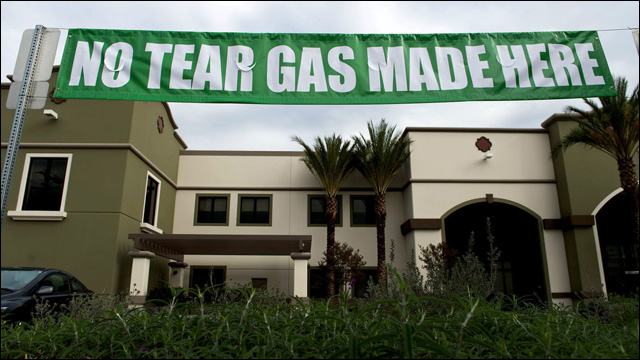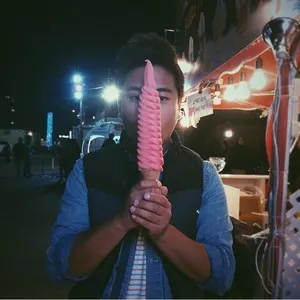In 1980, David Tran started selling various hot sauces, including Sriracha (pronounced see-ra-cha), out of a small shop near Chinatown in Los Angeles. The rest is history. From Sriracha mayo to Sriracha-flavored potato chips, the spicy and tangy sauce with the iconic green cap and rooster on the front has become so popular that it has been dubbed a kind of “hipster ketchup.” Where did it all begin though? Not in Los Angeles, that’s for sure.
The Origins of Sriracha

Photo courtesy of Andrea_Nguyen on Flickr
Contrary to popular belief, the original Sriracha actually got its start in Thailand. The flavor enhancer consisting of chili peppers, distilled vinegar, garlic, sugar, and salt gets its namesake from the coastal city of Si Racha in eastern Thailand where it is commonly used as a dipping sauce for seafood.
A local woman named Thanom Chakkapak started making the popular sauce over 80 years ago originally for her friends and family, but later released it commercially as Sriraja Panich. Traditionally, this Thai version of Sriracha hot sauce tends to be a bit tangier and runnier than what has become so popular in the states. Although it has its roots in the original Thai sauce, what Americans know as Sriracha comes from a Vietnamese refugee named David Tran.
Huy Fong Foods

Photo courtesy of Averain on Flickr
David Tran began making hot sauce in Vietnam in 1975, using peppers from his brother’s farm just north of Saigon. However, as the new Communist government’s persecution of ethnic Chinese intensified, Tran, among three thousand other refugees, escaped on a Taiwanese freighter called the Huey Fong heading for Hong Kong.
In 1979, Tran was finally granted asylum in the US. One year later he founded Huy Fong Foods, Inc. named after the ship that brought him out of Vietnam. In addition to Sriracha, Huy Fong Foods also made Pepper Sa-te Sauce, Sambal Oelek, Chili Garlic, and Sambal Badjak.
Eventually, Huy Fong outgrew its first facility just seven years after beginning production and Tran decided to move operations. He settled on purchasing a 68,000 sq. ft. building in Rosemead, California. Sales continued to soar, necessitating even further expansion. In 2010, work began on a 650,000 square foot facility in Irwindale, California. Drama later ensued.
The Great Sriracha Panic
In October 2013, the city of Irwindale filed a lawsuit against Huy Fong Foods after a number of residents complained about the odors emitting from the company’s factory, claiming it to be a public nuisance. The following November, Los Angeles Superior Court Judge Robert H. O’Brien ruled in favor of the city and ordered the company to cease operations. In response, Tran defiantly put up a banner outside of the factory that said “NO TEAR GAS MADE HERE.”

Photo courtesy of angryasianman.com
Such a standstill resulted in Sriracha going on a sizably long hiatus, dubbed by hot sauce fans as The Great Sriracha Panic. Following the complaints and the lawsuit, Tran even considered moving the factory elsewhere. Officials from ten different states and various cities in California reached out to him, offering to host the sauce factory.
However, relocation would not have been all that simple. Tran’s connections to pepper growers in California, the same-day fresh pepper grinding involved in the production of Sriracha, and his loyalty to his employees complicated the matter even further. Eventually, the Irwindale City Council dismissed the lawsuit in May 2014 after Huy Fong Foods agreed to address the complaints and upgraded the filter in the rooftop ventilation system.
Sriracha’s Legacy
If you go onto the Huy Fong website, you’ll hear this anthem praising Sriracha as “the American garlic chili pepper sauce.” Although the sauce recipe originated in Thailand, its place in the US as the cultural icon that we know and love today makes it truly an American creation that embodies a history of cultural exchange crucial to American culture. The popularity of Sriracha is a classic American Dream success story.
Since Tran never sought a trademark for Sriracha, it shows up everywhere. Sriracha has been adopted by other American venues like Applebee’s and Subway and is used in tacos, sushi, and pizza. Still, in spite of all of the different variations of Tran’s Sriracha, McIlhenny Co., the makers of Tabasco, has stated that the original Huy Fong sauce is the “gold standard.” There has even been a documentary made about Sriracha that was funded through a Kickstarter campaign.
From Forever 21’s Sriracha designs to Lay’s Sriracha potato chips, the iconic rooster has left its mark on American culture. It’s everywhere, people love it, and our taste buds have an ingenious Vietnamese refugee and the cultural exchange between Thailand, Vietnam, and the US to thank.


